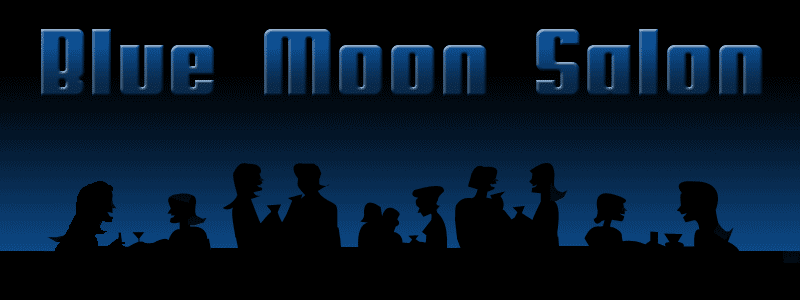National Review, June 11, 1990 by John O'Sullivan
We know no spectacle so ridiculous as the arts establishment in one of its periodic fits of immorality. It sets out boldly to shock the bourgeoisie, but when the bourgeoisie is shocked, it starts back nervously and babbles about Babbitry. See the controversy over the National Endowment for the Arts passim.
For years now the arts establishment has repeated mantra-like that the purpose of art is to shock, to disturb, to challenge. This view has achieved such dominance that it is mouthed even by the NEA'S critics, such as William Safire, who duly wrote last week that art's central purpose was "to outrage the placid." The problem is that the placid are increasingly hard to outrage. Once it was possible to stimulate their newspaper-letter-writing glands with a painting like Manet's Olympia, a nude demi-mondaine with a hard sly smile. Today, more extreme measures are required: blasphemy, explicit depiction of homosexual sado-masochism, women wrestling in chocolate, etc. And when the placid eventually saunter to the barricades, the existence of the NEA gives them a better argument than the old Comstockite cry for censorship. They simply ask to be excused from paying to be outraged.
This is such a reasonable demand that a Harvard law professor, Kathleen M. Sullivan, had to call upon her full reserves of confusion to oppose it in the New York Tymes. Her essential argument is that the denial of a subsidy has a chilling effect amounting to suppression of the activity unsubsidized. "Bribing Warhol to copy Wyeth," she writes, "would have had the same effect as outlawing pop art." That would be the case, of course, only if Warhol distorted his art to get the subsidy. This is a vision of the Artist as Economic Wimp. Such grasping timidity is not unknown in Bohemia (see Browning on Wordsworth), but it applies to the giving of a subsidy just as much as to its denial. Artists may well seek to please the presumed tastes of NEA panels. (Outrage the placid-and be quick about it!) Professor Sullivan buttresses this argument for subsidy with what she imagines to be parallel cases. You cannot be denied a concert permit for controversial songs, she argues, merely because the taxpayer finances the police and litter collectors who patrol the event. The First Amendment, which ensures this, thus guarantees subsidies without strings. This is rather like arguing that British police protection for Salman Rushdie is a subsidy to The Satanic Verses. Neither example involves a subsidy. They are cases of people benefiting from general public services, and the principle involved is that such services should not be denied because the beneficiaries are engaged in controversy. But argument may be beside the point. Something more elemental is going on. A delicious thrill of horror is doing the rhumba up and down the spine of the art establishment: The Philistines are at the gate. Remember the Impressionists. If opponents of Serrano and Mapplethorpe are indeed philistines, that does not rob them of civil rights. Philistia may be condescended to, but it will not be taxed to finance a kind of sweetness and light that Matthew Arnold never dreamt of. As the NEA seems belatedly to realize, a decent respect for its opinions must be shown if the subsidies are to continue flowing. But are the philistines on only one side? The Impressionists, it will be recalled, got their famously dusty reception not from some nineteenth-century French Jesse Helms, but from the academic art establishment of the day. Today's art establishment is as much a social as an artistic phenomenon, built more around ladies who lunch than girls who pose. So the dispute is often between philistines who are uninterested in art and philistines who are interested in art. We favor the taxpayers.
COPYRIGHT 1990 National Review, Inc.COPYRIGHT 2004 Gale Group



No comments:
Post a Comment